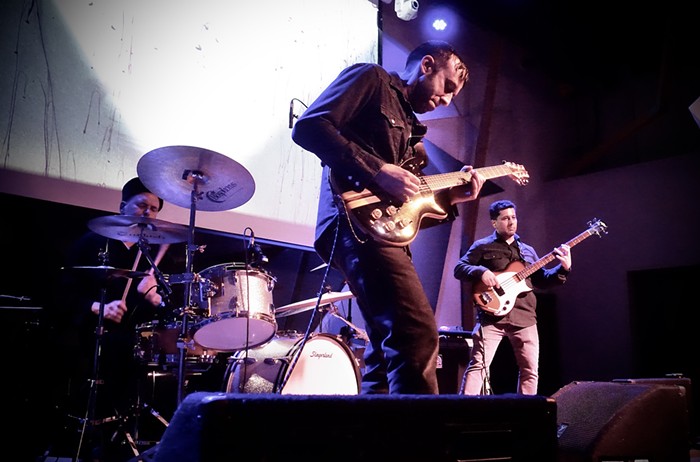
America's relationship with weed is exceedingly foolish. Adult stoners in legal states can buy nearly as much weed as they want almost whenever they want, but the drug remains one of the most difficult compounds in the world for American scientific researchers to get their hands on. And even if the scientists can get federal approval to handle the drug, there are almost no federal grants for studying potential cannabis-based therapies.
One Native American government in Washington is changing that. The Tulalip Tribes are giving $2 million to Stanford University to pay for two studies: one will look at how THC and CBD can help treat heroin and opioid addiction, while the other is examining how the two compounds can treat Alzheimer’s disease. Both studies will use cannabis concentrates on rodents.
Teri Gobin, vice chairman of the Tulalip Tribes, said in a press release that they are committed to finding a cannabis-based cure for opioid addiction.
“Like so many communities across the nation, we are deploying an ever-increasing amount of resources to fight this epidemic. We decided a new approach was necessary,” Gobin said.
Washington’s pot laws give tribes the right to run their own cannabis companies, and the Tulalip Tribes currently operate a retail store called Remedy Tulalip. Les Parks, a chairman for the tribes, said they plan on opening a cannabis growing operation as well as a testing lab in the future.
Annelise E. Barron, a Stanford professor of bioengineering who is co-managing the two studies, said her research would have been unlikely to find funding if it weren’t for the tribes.
“Currently, given that cannabis is a Schedule 1 drug, federally, it is difficult to obtain funding to study its potential benefits for the treatment of diseases,” Barron said in an e-mail. “We are very grateful to the Tulalip Tribe for their support of this research project.”
Barron said this is the first time the Stanford Behavioral and Neuroscience Laboratory, which is running the two studies, is working directly with cannabis material. She said they obtained the oil from the single farm that produces federally-approved research cannabis. The farm didn’t tell the team what kind of strain produced the oil, but they do know that it contains 28.4 percent THC and 1.4 percent CBD along with 200 other cannabinoids. The researchers launched the study in March of 2018 and have been dosing the rodents in various ways, including direct brain delivery through an implanted pump, injection, and oral dosing. Barron said the team is currently “working on understanding the mechanistic pathways responsible for the efficacy observed in our studies.” She said in an e-mail that the team could be publishing peer-reviewed reports as soon as one year from now.













